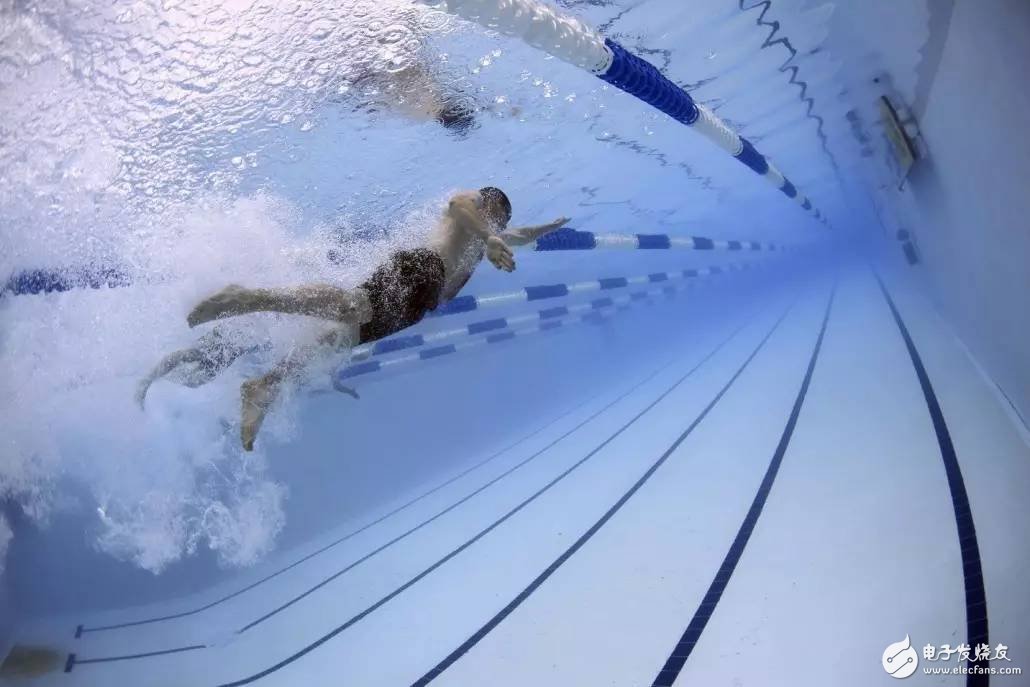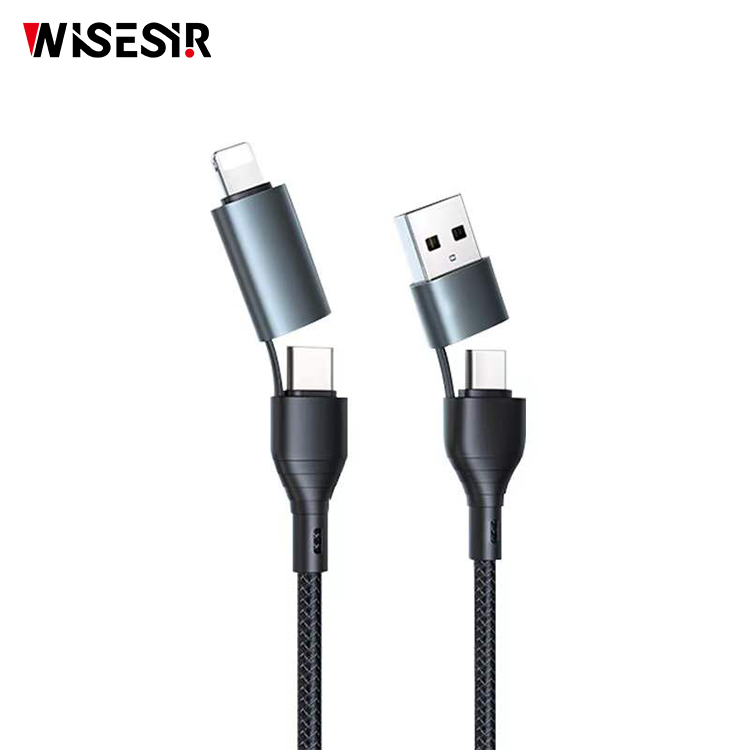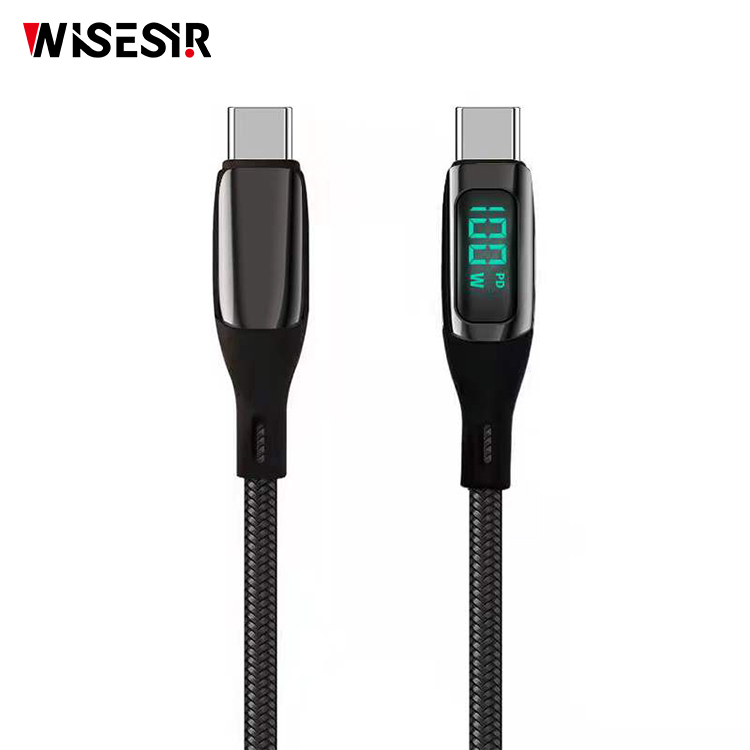
Electronic devices are never compatible with water, and anyone who knows a little about electricity knows this. But this has never stopped humans from developing new equipment that can challenge the diametrically opposite relationship between water and electricity. This includes both precision watches that can withstand seawater pressures of tens of meters deep, and the need to remain normal even in extreme weather conditions. Powered weather tools.
This has become an increasingly prescient topic, as IoT innovation is expected to "eliminate cables" in many scenarios, including the elimination of wired chargers to keep portable IoT devices "always on." In the case of waterproof IoT technology, if the connection port between the device and the wall charger can be removed, an opening can be reduced in the design, which often exposes the current to the water when the electronic device is submerged in water. Eliminating this port helps to tighten the overall shape of any IoT device, which is very helpful in designing a truly waterproof IoT product.
Wireless charging is already a feature of many devices, including consumer electronics such as smartphones, tablets, laptops and wearables. Dialog recently announced a partnership with Energous to develop the DA4100 RF Transmitter IC, which greatly simplifies the implementation of the WattUp Wireless Power Emitter System, ultimately making them smaller and more cost effective. Can support near field (within a few millimeters of charging pad), midfield (0.6-0.9 meters) and far field (up to 4.5 meters) charging range, ensuring a true wireless experience for all devices users, which is also true The Internet of Things is indispensable.
For waterproof IoT technology, the most obvious devices that will benefit from wireless charging may be wearable devices such as fitness trackers and wireless headsets, whether in athletes or in occasionally fitness groups. They are already very popular. If a swimmer wants to track their heart rate through an application on an expensive wearable device, even though the product has been declared "waterproof" in advertising, if the device is designed to be completely seamlessly sealed, then the user You should be more reassured when carrying this expensive tool into the water.
Wearables are just the beginning, because the ability to wirelessly charge is also critical for IoT devices that operate in wet environments. For example, in an industrial environment, many beacons and sensors that drive Industry 4.0 are used in production lines. Extreme conditions such as high temperatures and high humidity can put a lot of pressure on traditional equipment configurations. The moisture is relatively less likely to penetrate into a completely enclosed device, so the ideal package for this type of sensor is a power management IC that accepts RF transfer charging. By placing multiple wireless charging transmitters near these sensors, the challenges associated with wiring and backing up these sensors can be solved quickly and cost-effectively.
USB Cable
USB cable assemblies are some of the most popular cable types available, used mostly to connect computers to peripheral devices such as cameras, camcorders, printers, scanners, and more.There are many USB connector types of cable:USB A to USB C,USB C to type-C,USB A 3.1,ect..


Mobile Data Cable Types,3 in 1 Data Cable,Mobile Data Cable,Magnetic Data Cable Type C
Pogo Technology International Ltd , https://www.wisesir.net